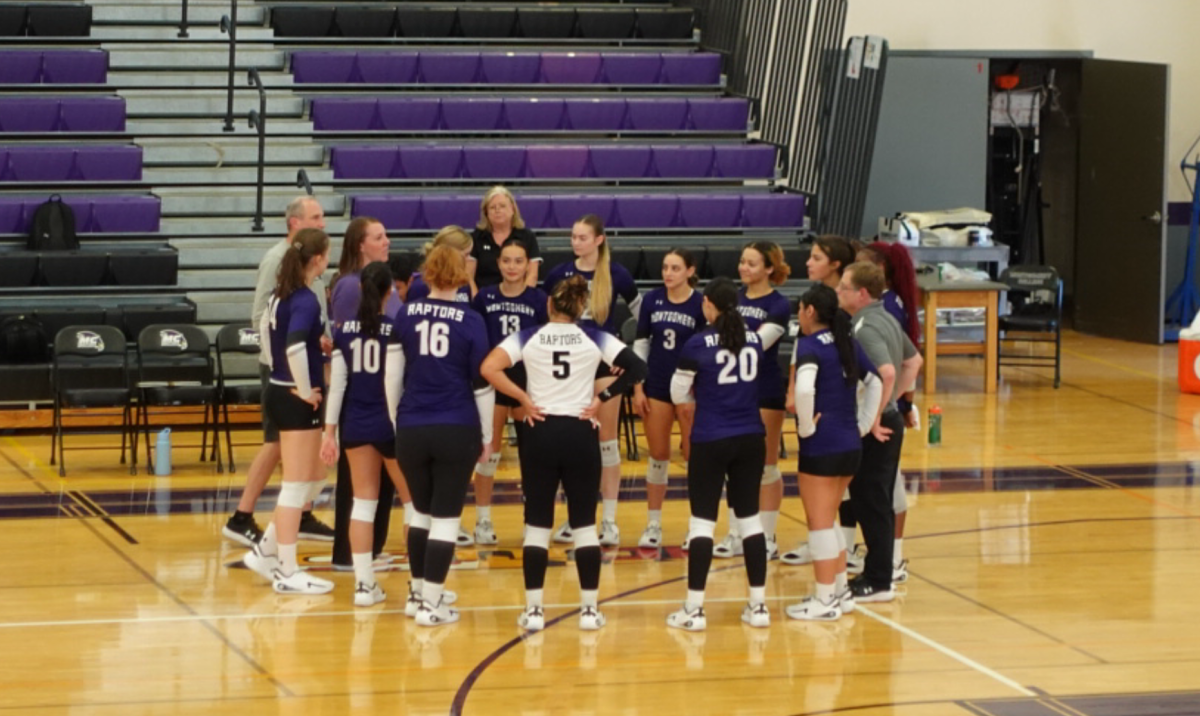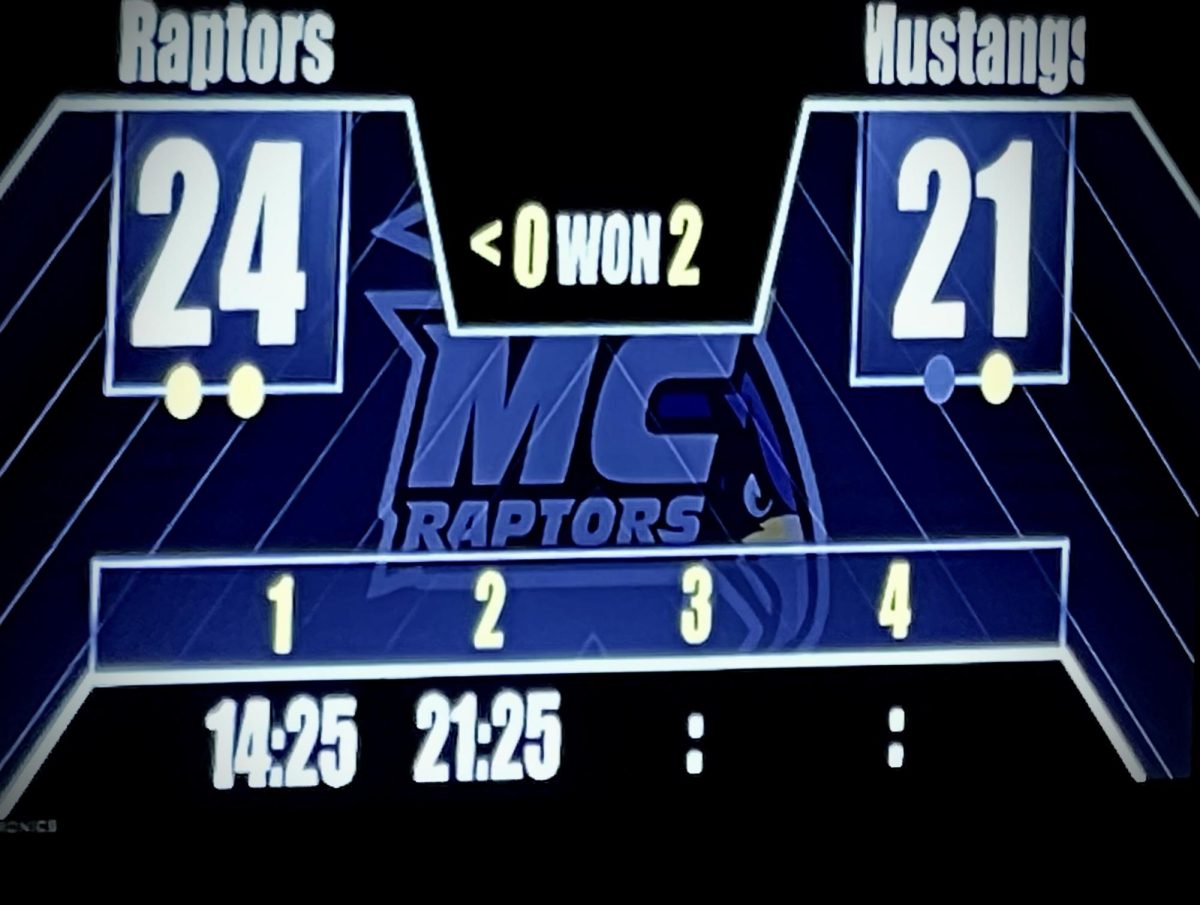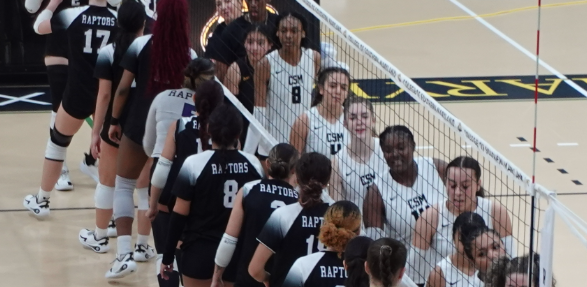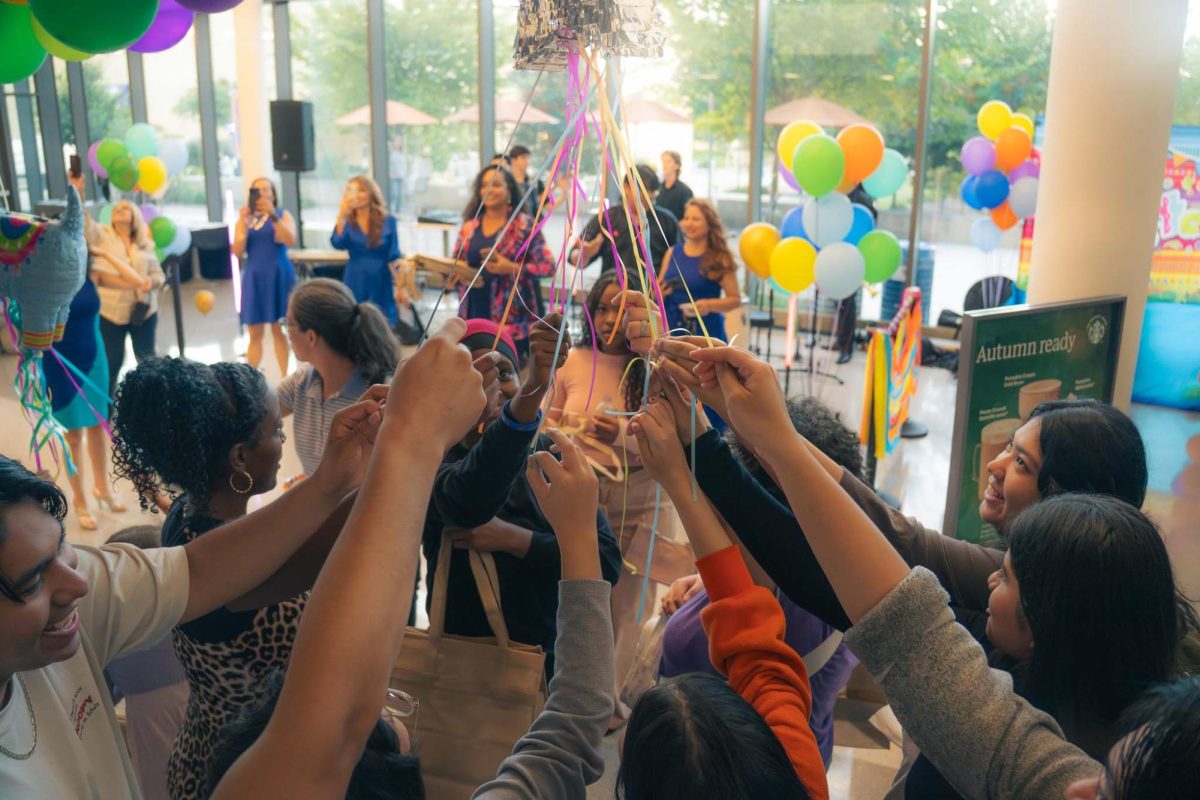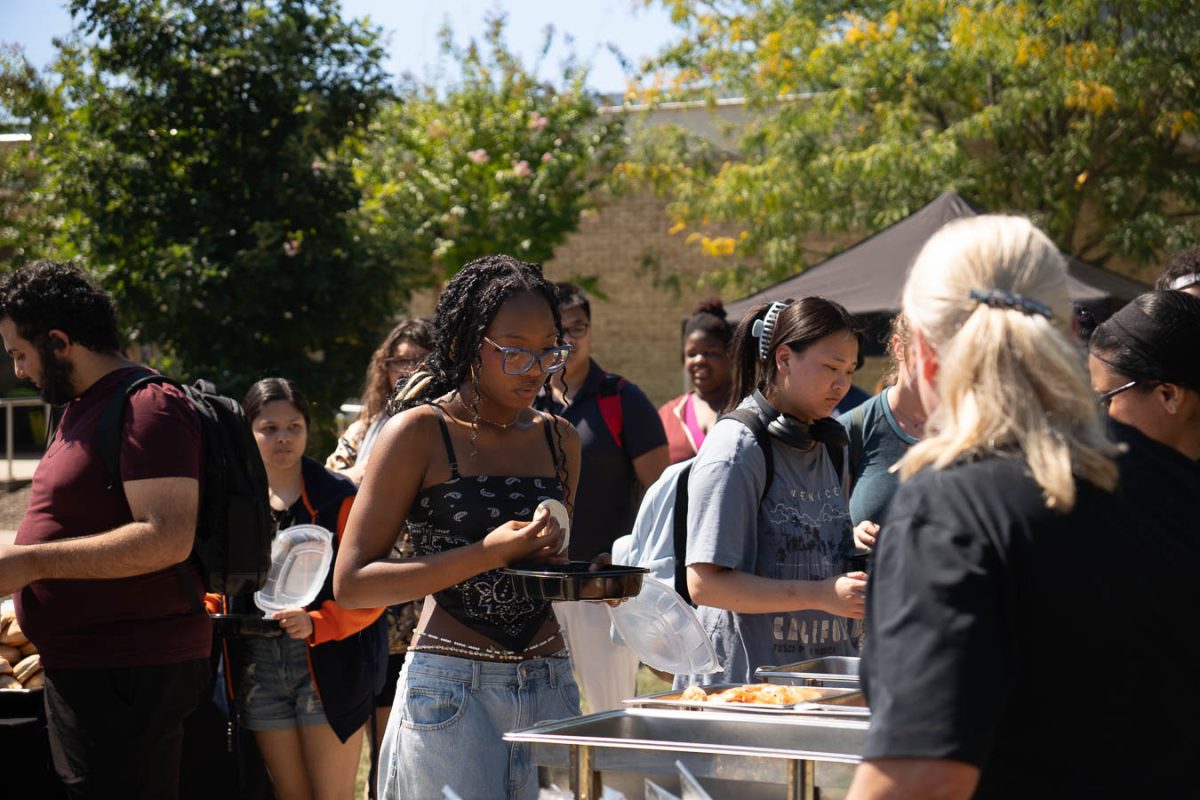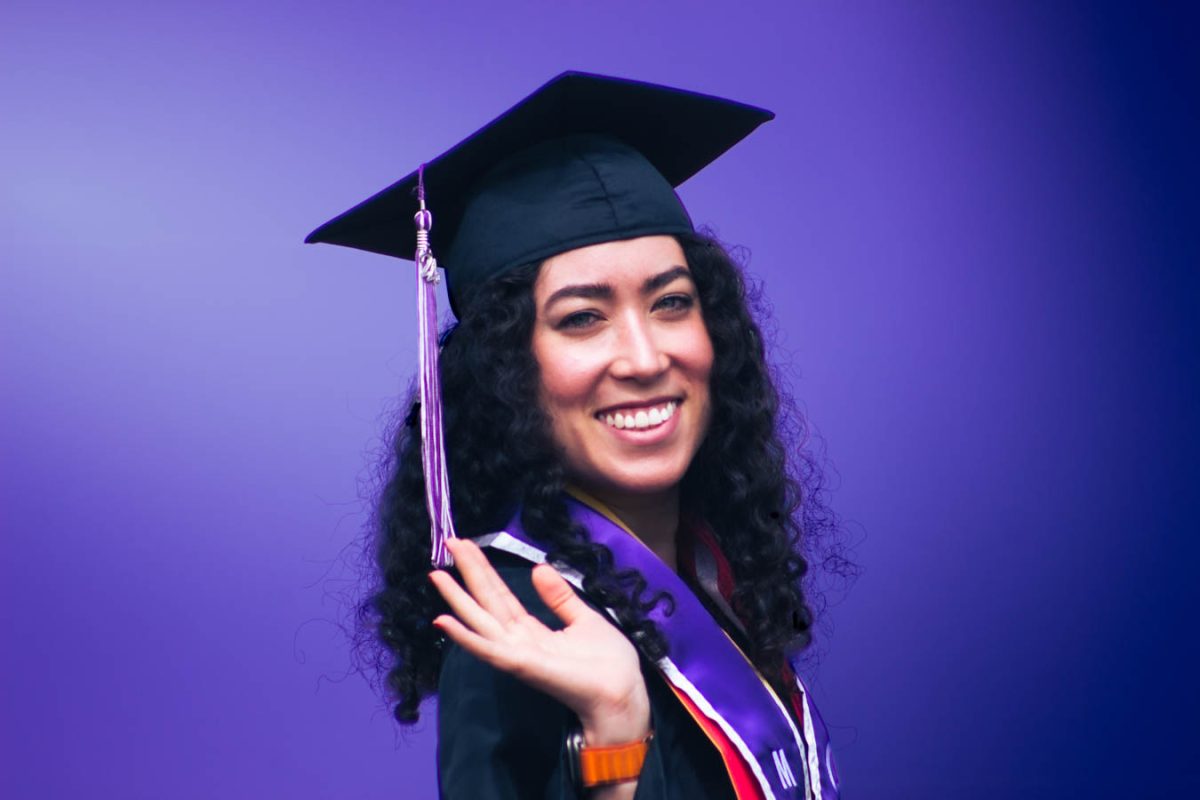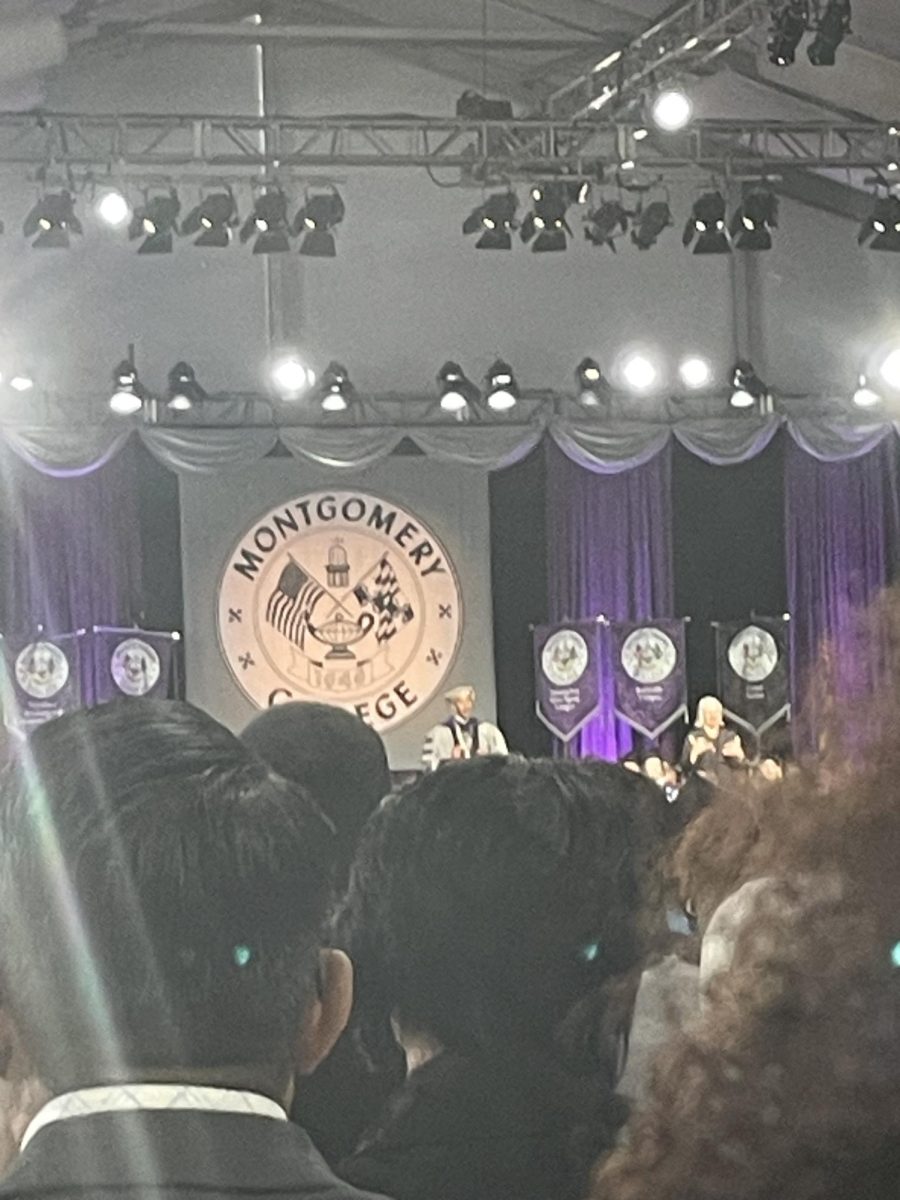To celebrate March’s Women’s History Month, the Smithsonian Institution hosted a one-day Women’s History Month Festival on the terrace of the National Portrait Gallery in northwest Washington, DC March 9. The public event showcased presentations and workshops from artist-activist Jen White-Johnson, The Washington School of Ballet, author Debbie Levy, and activist Opal Lee.
Beth Evans, Youth and Family Programs Coordinator, orchestrated the event with her colleague, Irina Rubenstein, Education Specialist. The entire festival concentrated on the recent acquisitions collection of portraits of influential women.
“We started with the theme of Women’s History Month and then we decided which portraits we wanted to focus on. From there, we went portrait by portrait and decided which partners to invite and which activities to facilitate,” the National Portrait Gallery coordinator recalled.
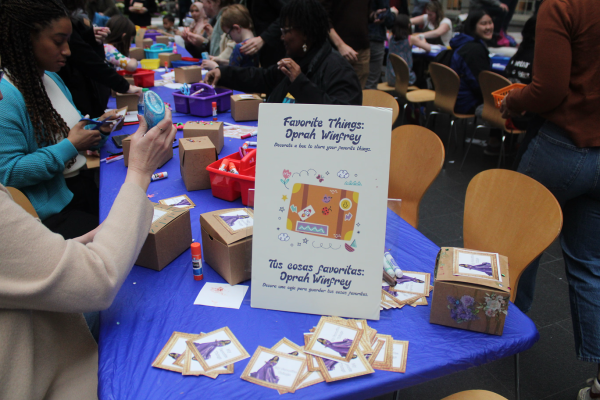
“With a festival like this, it’s getting the names out there of who’s making contributions to US history, and it’s starting with the the youngest people up from the oldest participants. Everyone needs to know, but in particular, there’s such a need for college students to be informed about their histories, about the people that are shaping the world that we’re living in, the people that have shaped the stories that they’re learning the fields that they’re going to go into,” Evans commented.
Evans added that college students “need to know that women have been part of every single aspect of history from the beginning. And that’s going to make them better students in general. Understanding everything, from the arts, to science to history and politics.”
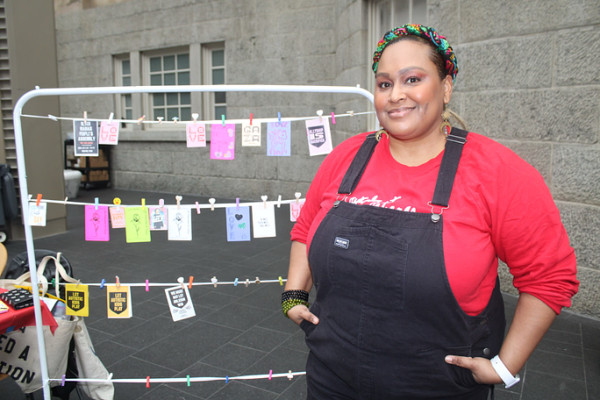
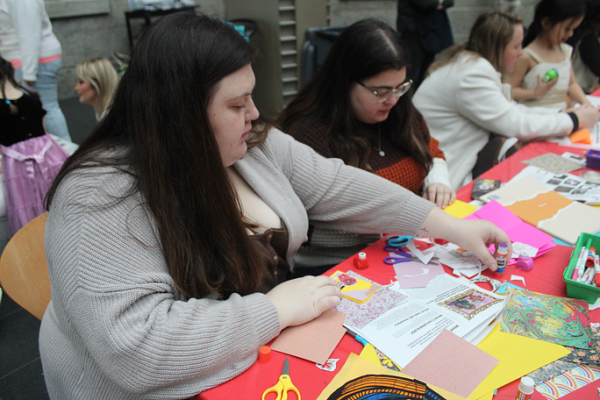
Jen White-Johnson led a zine making workshop at the National Portrait Gallery. Jen created zine making lesson plans and tool kits for the Women’s History Month event, featuring portraits and stories of women in the museum’s recent acquisitions exhibit. Participants could “cut and paste them into an actual mini zine, essentially creating their own love letter or their own tribute booklet to these amazing, strong women that really don’t get a lot of coverage and the artists that are actually creating those portraits,” she explained.
The zine-making process “is like jazz, very improvisational. There’s no right way to approach zine making – I love that. It’s self-authored, very democratic,” Jen explained.

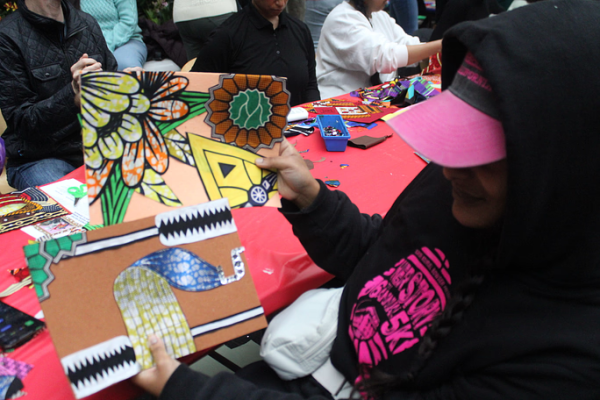
Jen identifies as an Afro Latina, disabled, neurodivergent, parent, and queer artist. They intend to have “folks come together without any interest in commercial art, capitalism. That’s what makes the making so much fun, right? It’s just free and open, liberating, and hard work.”
She also highlighted the necessity for students to be educated about women’s history. “I feel like if you’re going to be in a space where you’re wanting to be educated and wanting to actually hold space for your own agency in education, you can’t really leave out women.” Raised in Prince George’s County just outside of DC, and now Baltimore-based, they have regular collaborations with the National Portrait Gallery.

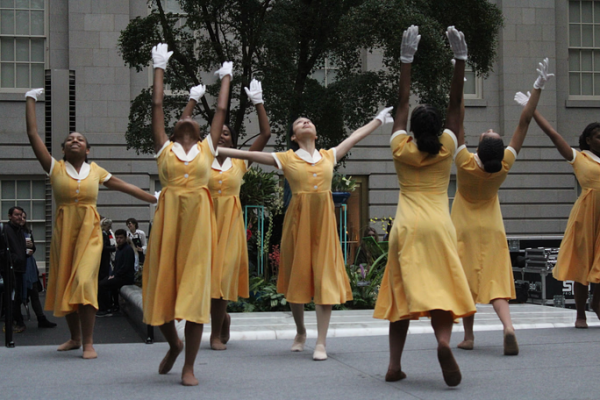
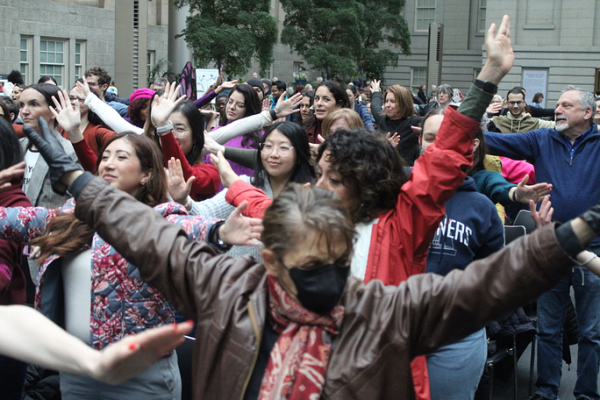
Tammy Hurt, a principal dancer at Washington School of Ballet, represented women’s leadership and mentorship in dance. Hurt teaches children daily, choreographs for the school, and connects with parents. Washington School of Ballet Director of Community Engagement, DeMoya Watson Brown, worked with Hurt “to cultivate programming that that represents the portraits that is on exhibit,” particularly highlighting a painting by Michael Warren of Oprah Winfrey.
They choreographed a performance by what Hurt called her “company of little princesses” at the festival and conducted ballet and modern dance workshops for all attendees.
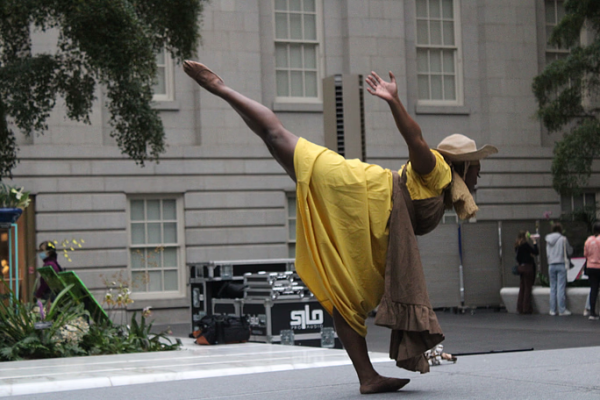
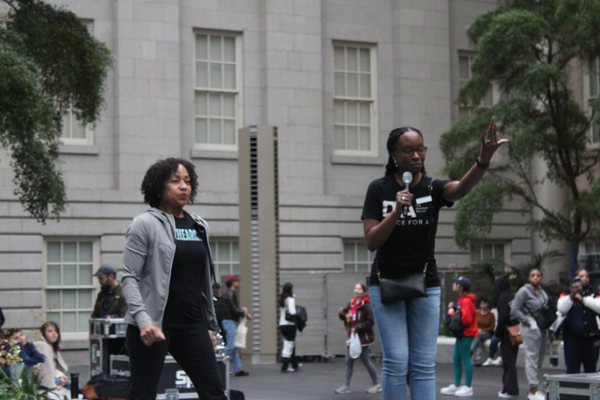
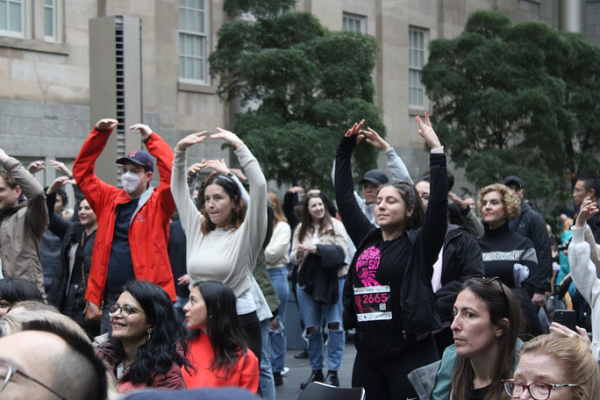
Debbie Levy, a former lawyer and the author of “Dissent: Ruth Bader Ginsburg Makes Her Mark” a picture book chronicling the story of Supreme Court Justice’s legacy, also shared insights and led a workshop. In Levy’s lecture, she discussed Ruth Bader Ginsberg’s (RBG) early experiences with prejudice, her gender equality efforts on the Supreme Court, and her esteemed reputation within the legal community. Then, Levy conducted a workshop on drawing RBG portraits.
On RBG, Levy believes, “she’s a great example of looking outside of yourself and looking out at the world and people and saying, ‘Okay, wait, that’s not right. That should change.’ And taking steps to do something toward that end.”
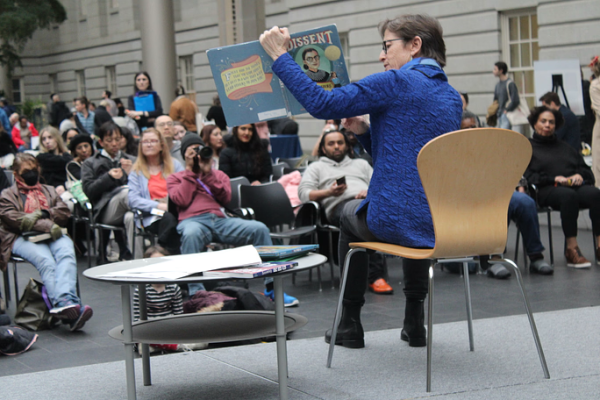
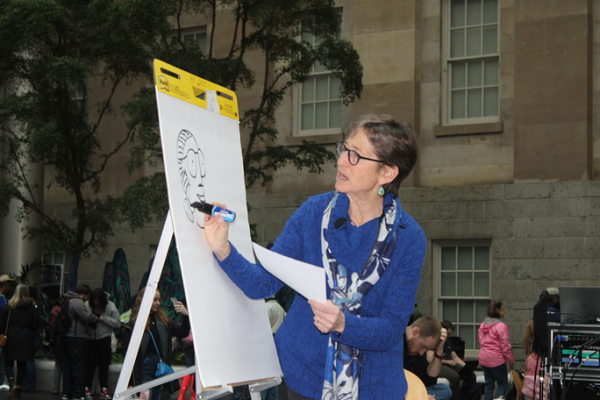
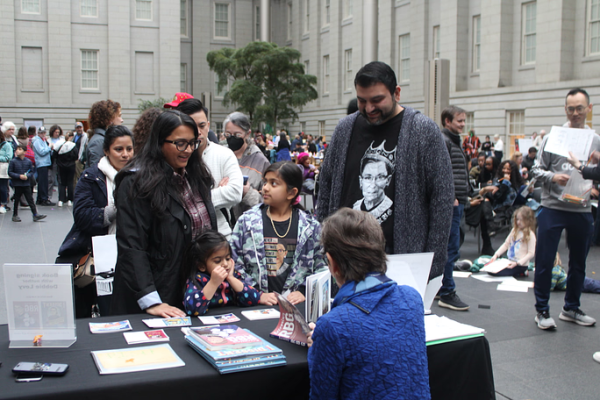
Jen White-Johnson thinks of women’s history as “mothering as an act of resistance [because it holds] space for folks like Harriet Tubman, Fannie Lou Hamer, Audrey Lorde, [and] black feminists in general, black civil rights icons. We’re literally standing on their shoulders; we wouldn’t be here unless they paved the way for our history. We really can’t erase that history, especially black women – black history is American history.”
The Women’s History Month Festival at the National Portrait Gallery honored iconic women. In conjunction with the gallery’s recent acquisitions collection of portraits of women, events like these preserves history and promotes awareness of woman-fronted leadership for all generations. As Opal Lee famously declared, “if people can be taught to hate, they can be taught to love.”
Further reading:
For more information on Jen White-Johnson’s activism and art, please visit https://www.jenwhitejohnson.com
For more information on The Washington School of Ballet, including classes, concerts, and workshops schedules, please visit https://www.washingtonballet.org
For more information on Debbie Levy, including her books and upcoming events, please visit https://www.debbielevybooks.com
For more information on National Portrait Gallery events and exhibitions, please visit https://www.npg.si.edu




